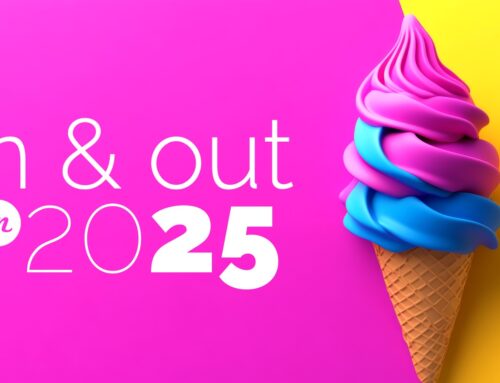Learn From Uber’s Mistakes:
Sales Presentation Design Tips
Have you heard about Uber’s recent rebranding controversy? Uber rebranded earlier this month and the rebrand met with resounding negative reviews. It may have even resulted in the resignation of Uber’s Head of Design.
Though we don’t do branding design, we do help clients with sales presentation design and development. Both branding and sales deal with how a company communicates its value to the world. Clients often struggle with how to talk about who they are and what they do in clear and concise terms.
This may have been where Uber failed. Though the new design is arguably better and more versatile, the underlying concept doesn’t communicate what Uber is to their customers.
So what can we learn from the Uber case study?
COMMUNICATE YOUR VALUE ADD
The new Uber concept suffers from a very common problem: lofty self image. Uber’s announcement focuses on an existential view of their influence and impact: “The unique aspect of Uber is that we exist in the physical world. When you push a button on your phone, a car moves across the city and appears where you are. We exist in the place where bits and atoms come together. That is Uber. We are not just technology but technology that moves cities and their citizens.”
So who are you, Uber? And why should we care? Instead of focusing on an aspirational idea of the company, talk about where the rubber meets the road: your potential value add to your clients.
GET THE RIGHT PEOPLE AT THE TABLE
Uber’s is a cautionary tale about identifying the right people for the right work. The company revealed that their CEO was heavily involved in the overwrought idea. Now we’re not saying that CEO’s are not sometimes also marketing visionaries, but sometimes the Big Ideas people are not the right people to also be the Boots on the Ground people.
Uber’s CEO inserted himself directly into the rebrand process. He told Wired that he’d spent three years personally involved: “I didn’t know any of this stuff,” says Kalanick. “I just knew it was important, and so I wanted it to be good.”
Instead of inserting Big Ideas people in sides of the business they are unfamiliar with, hire the right people and then get out of their way. Marketing and branding professionals can take those big ideas and translate them into concepts that will be more effective in the market place.
DROP THE METAPHORS
Similar to Uber’s CEO, we often work with client that are accustomed to couching all their information in metaphors. Uber’s idea was the meeting of bits and atoms (the smallest units in the technological and physical worlds, respectively). Although neat, it tells the client nothing about why Uber is a necessary service or why it’s superior to its close competitors.
We recently received a client’s sales presentation design that was chock full of metaphors: a tree for their client process; a city & streets for their services and products; a river for their company history, etc. The mixed imagery left the deck feeling chaotic and perplexing. And ultimately it told the client nothing about why they should use their service. The point was lost in confusing and unhelpful metaphors.
If you can’t describe what you do in clear and concise terms without metaphors and similes, that is the problem. Start there.
A BETTER APPROACH
Sales pitches are best when kept literal and client-focused.
Start with what problem you solve or painpoint you ease. Then figure out why the way you solve it is better than how your competitors do it. Then prove it. Always talk more about solving your client’s problems that your own history, lofty missions and internal structures.
Need help reworking your sales pitch? Drop us a line.







Leave A Comment
You must be logged in to post a comment.